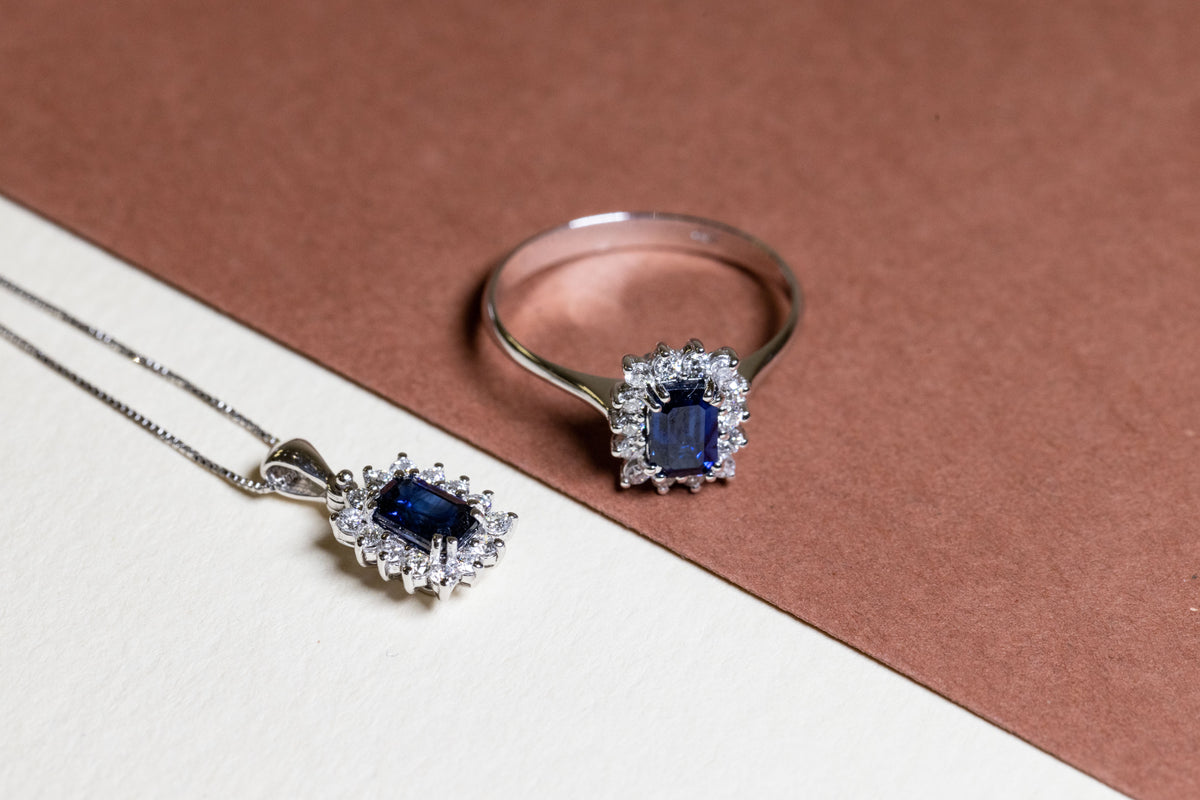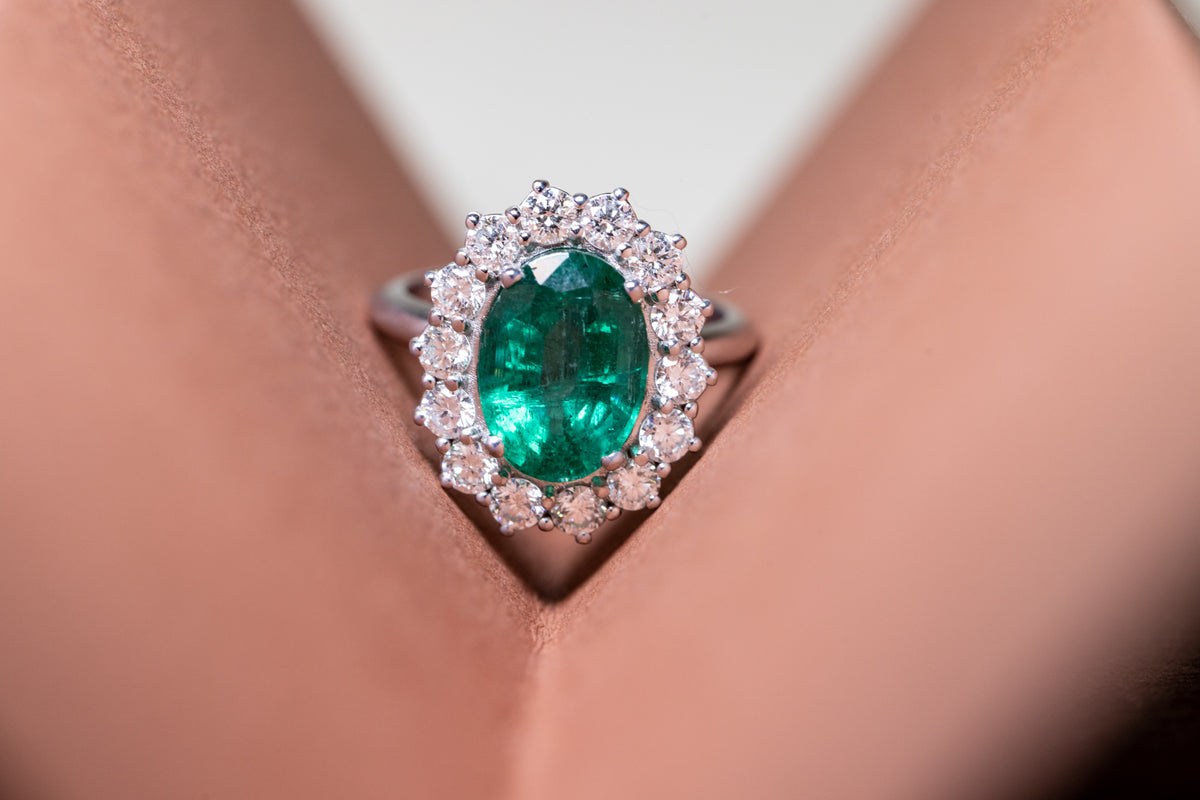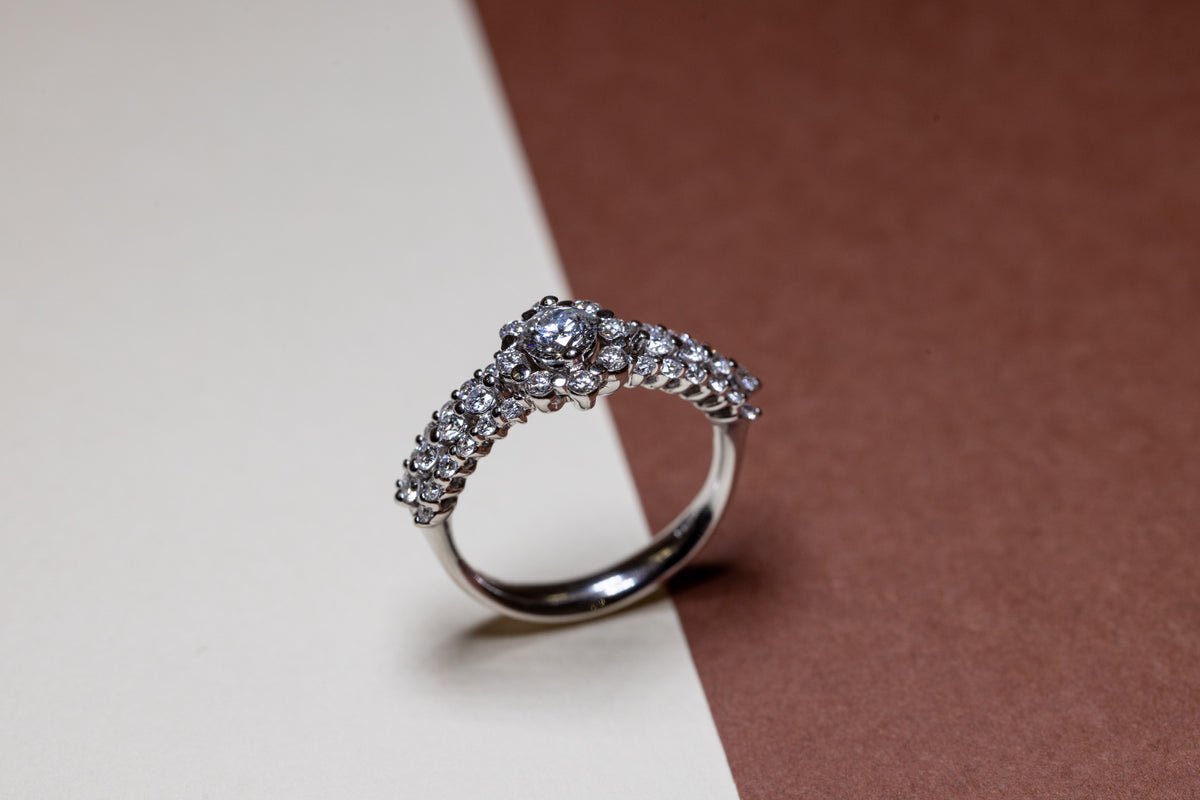Pay in installments with
The art of gem carving has its origins in the distant lands of Mesopotamia, the cradle of ancient and flourishing civilizations such as the Sumerians, Assyrians, and Babylonians. In these cultures, gem carving was not only an artistic expression, but also had profound ritual and social significance. Carved gems were used as personal seals, representing not only the individual's identity but also their rank and position within society. Furthermore, these seals were often embellished with depictions of protective deities, mythological creatures, and epic scenes, serving as protective amulets and as a testament to the rich mythological and religious traditions of these civilizations. Over time, the art of carving evolved and spread , but its Mesopotamian roots remain a fundamental point of reference in the history of this ancient tradition.
Glyptics, derived from the Greek word "glyphein," meaning to carve, is the art of sculpting gems and semiprecious stones into refined shapes and designs. This artistic discipline reached its peak during the Greek and Roman eras, when cameos and intaglios of extraordinary beauty and complexity were produced. Artists masterfully used sharp, specialized tools to engrave minute, sophisticated details, creating works of art that served a dual purpose: they were used as seals to authenticate documents and, at the same time, as precious ornaments, testifying to the importance and prestige of the art of carving in ancient society.
While ancient Mesopotamian civilizations used cylinder seals to imprint images on clay, the carving tradition evolved with the advent of Roman cameos. These pieces, often made of layered agate, depicted portraits of emperors, deities, and mythological scenes and were worn as jewelry or amulets.



Receive your order immediately and pay in 3 to 12 installments.
Our team is always available to you 24/7.
We deliver all jewelry in Zahir personalized packaging.
Engrave a name, letter, or a date that's important to you, at no additional cost.